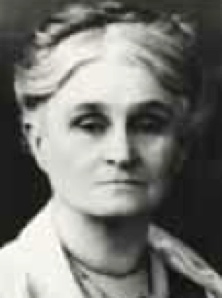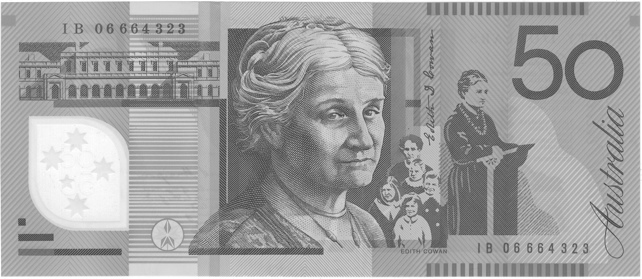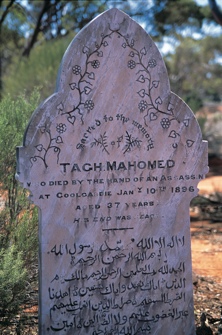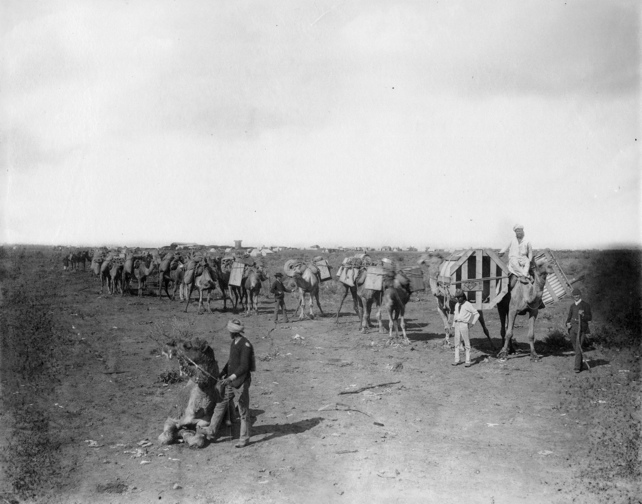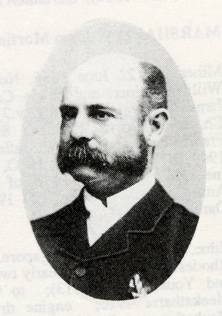Edith Cowan was a politician, social campaigner and the first woman elected as a representative in an Australian parliament. She was born in 1861 near Geraldton, WA to an influential and respected family. Her father was a pastoralist at Glengarry Station. When Edith was seven, her mother died in childbirth and Edith was sent to boarding school in Perth. Her time there and at secondary school impressed upon her the importance of education.
Edith married James Cowan in Perth in 1879 when she was 17 years old. The couple lived in West Perth and Cottesloe, and had five children together. Edith had always been interested in helping others. She was active in voluntary organisations such as schools and hospital boards. She helped found the Karrakatta Club, which raised awareness of women and children’s rights and social issues. She was also involved in the Women’s Service Guild to fight for the welfare of migrants and deserted wives, and the inheritance rights of mothers. Later, Edith worked to establish a women’s hospital and the Western Australian branch of the National Council of Women to help women, children and families. She served as President from 1913 to 1921, and was Vice-President until her death. She founded the Children’s Protection Society, and was Chairperson of the Red Cross Appeal Society during World War I.
Women gained the vote in WA in 1899. At the age of 59, Edith Cowan stood as the candidate for the Legislative Assembly seat of West Perth because she wanted domestic and social issues to be given more focus. She became the first woman elected as a representative in an Australian parliament in 1920.
Edith Cowan died in 1932. She is commemorated on the Australian $50 note (below), and the Edith Cowan University has been named in her honour.
